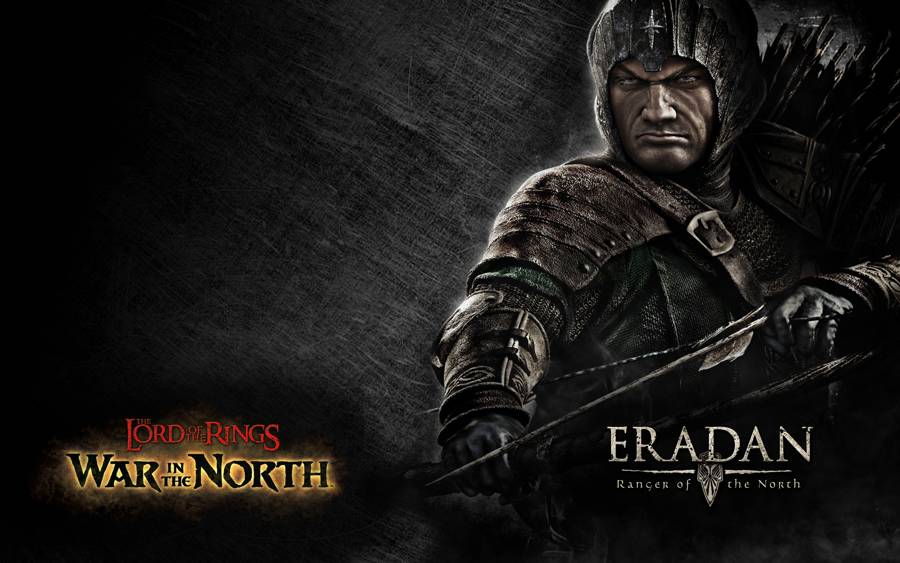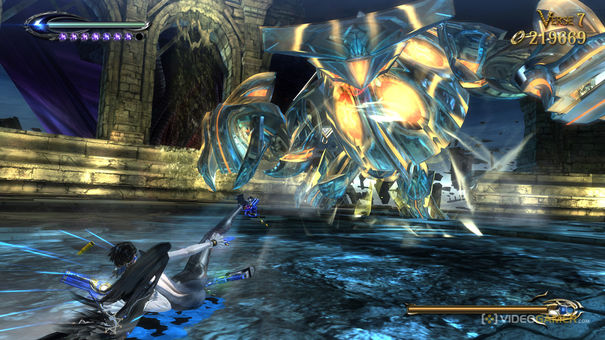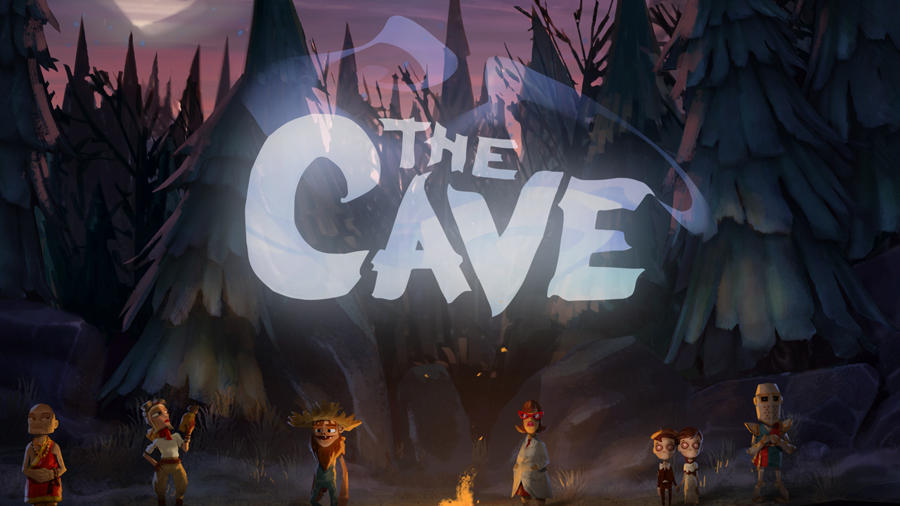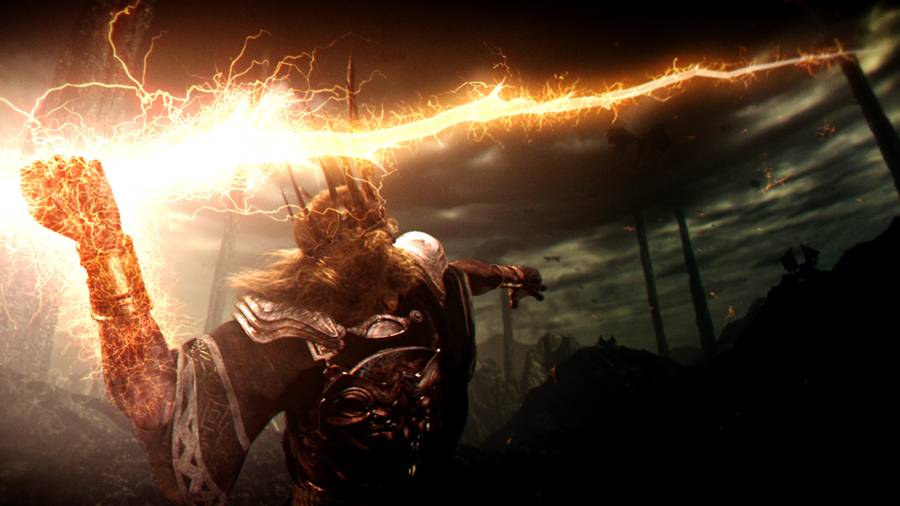The history of the game tabletop industry is an interesting thing to keep an eye on. Even if it doesn’t highly rely on electronics, the industry displays much potential.
Up to now, such developments have occurred for over three times in the history of tabletop gaming, making it the way it is now. There is still a debate over whether or not the fourth time will continue on until the fifth occurrence.
Tabletop gaming can be traced back from simple board and card games such as poker and chess. Over the years, it has progressed and developed into an industry more complex and intricate than its predecessors. From games like chess and checkers, a new wave of tabletop gaming products comes to life: the tabletop war game.
This genre consists of small models representing either individual units or entire squads, though the former approach is the most favored. Players would control large numbers of these models over a map that had specific markings or signs for terrain obstacles or strategic locations. Rulebooks would determine all manner of interactions, including movement, troop morale, damage calculations and limitations on army construction. The end result is a study in statistical manipulation, strategic acumen, optimal choices and dice rolls. Indeed, practically everything was decided by a dice roll – from whether or not a given unit’s attack hit to how effective it was. Games Workshop’s "Warhammer" franchise, both the fantasy and 40k versions, are among the most popular games of this type. Another winner is "Battletech," which introduced the world to the "walking tank" form of giant robot, in contrast to Japan’s more human and agile vision.
Of course, after a few years, innovation struck the industry again. From the mind of David Arneson came the idea of adapting the rules of tabletop war games so they functioned on a much smaller scale. Rather than a single player controlling large armies, the player could focus and develop only one character at a time. With help from Gary Gygax, the tabletop gaming world would face the birth of the tabletop roleplaying game, starting with "Dungeons & Dragons." It was a drastic departure from the large numbers that the industry dealt with before. It removed the need for models, expanded and modified the number of options available and spawned an entirely new type of tabletop gaming experience. Aside from "Dungeons and Dragons" – still going strong decades later, with the 4th edition out – there are more games along these lines. These include the sci-fi "Alternity" and the Lovecraftian horror-inspired "Call of Cthulhu."
After several years of success, another mind hit upon another innovation that would introduce the world to an entirely new product. Richard Garfield considered the feasibility of creating a game that functioned like "Dungeons & Dragons," but was played with cards, as opposed to dice. Soon enough, the world was introduced to the collectible/tradable card game. "Magic: the Gathering" was an entirely new experience, calling on enough imagery to connect with RPGs but played with greater similarity to card game. Almost two decades and over 10,000 different cards later, "Magic" is still going strong. Even "World of Warcraft," an MMO, has gotten in on the market with a TCG that bears its name, trademarks and general style.
Tabletop gaming has evolved from its roots, with three events that pressed the industry to evolve. As time has gone on, a few franchises have managed to transcend their root game and slip into the other forms. "Warhammer 40k" has its own RPG, "Dungeons & Dragons" has its own miniatures-based strategy game and "Vampire: the Eternal Struggle" is a card game form of White Wolf’s old "Vampire: The Masquerade" RPG line.






 The Cave Guide – The Monk’s Quest Guide - GamersHeroes
The Cave Guide – The Monk’s Quest Guide - GamersHeroes Call Of Duty Modern Warfare 3 Bag And Drag
Call Of Duty Modern Warfare 3 Bag And Drag The Week in Review: Wii U Costs How Much! Edition
The Week in Review: Wii U Costs How Much! Edition Dark Souls 2 Guide: Finding The Blacksmith Key
Dark Souls 2 Guide: Finding The Blacksmith Key Assassin's Creed Unity Guide: Chest Locations, Loot & Equipment
Assassin's Creed Unity Guide: Chest Locations, Loot & Equipment